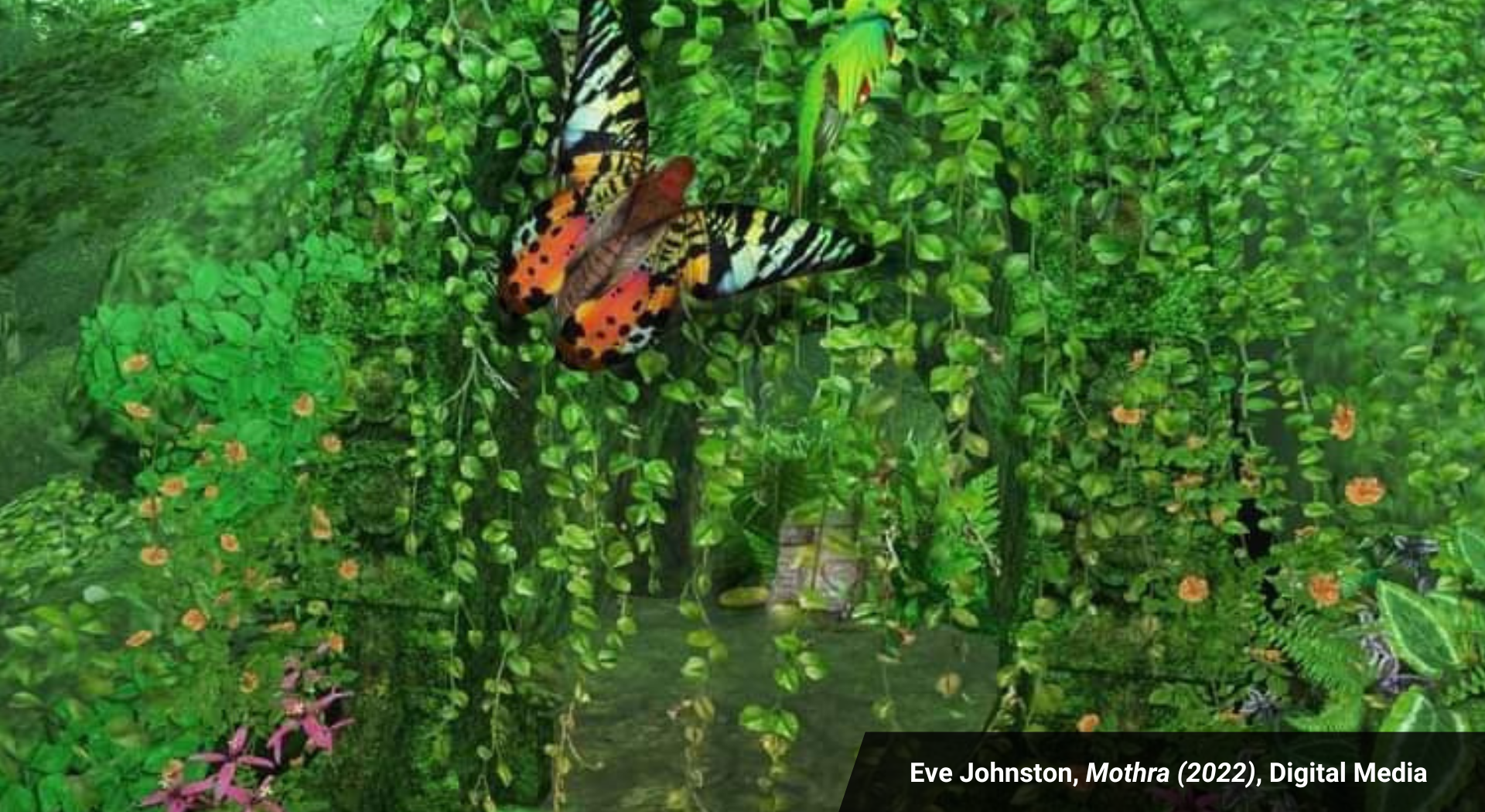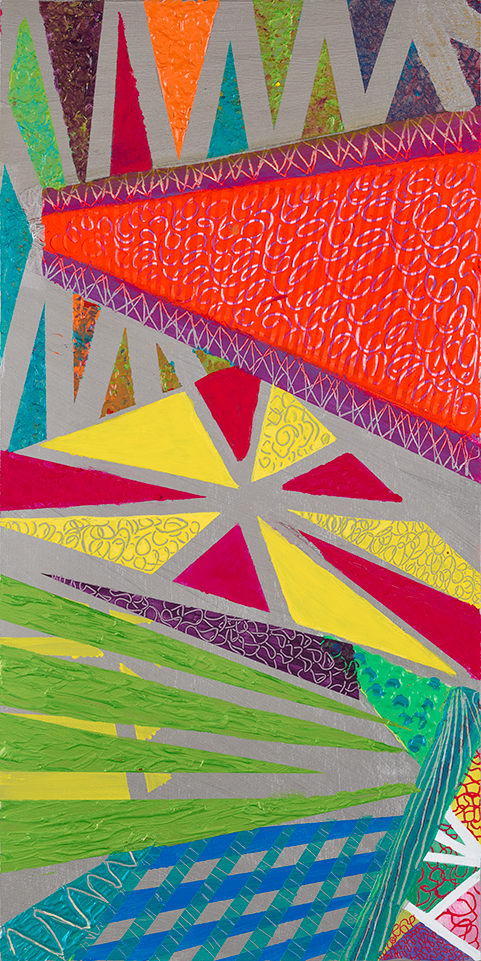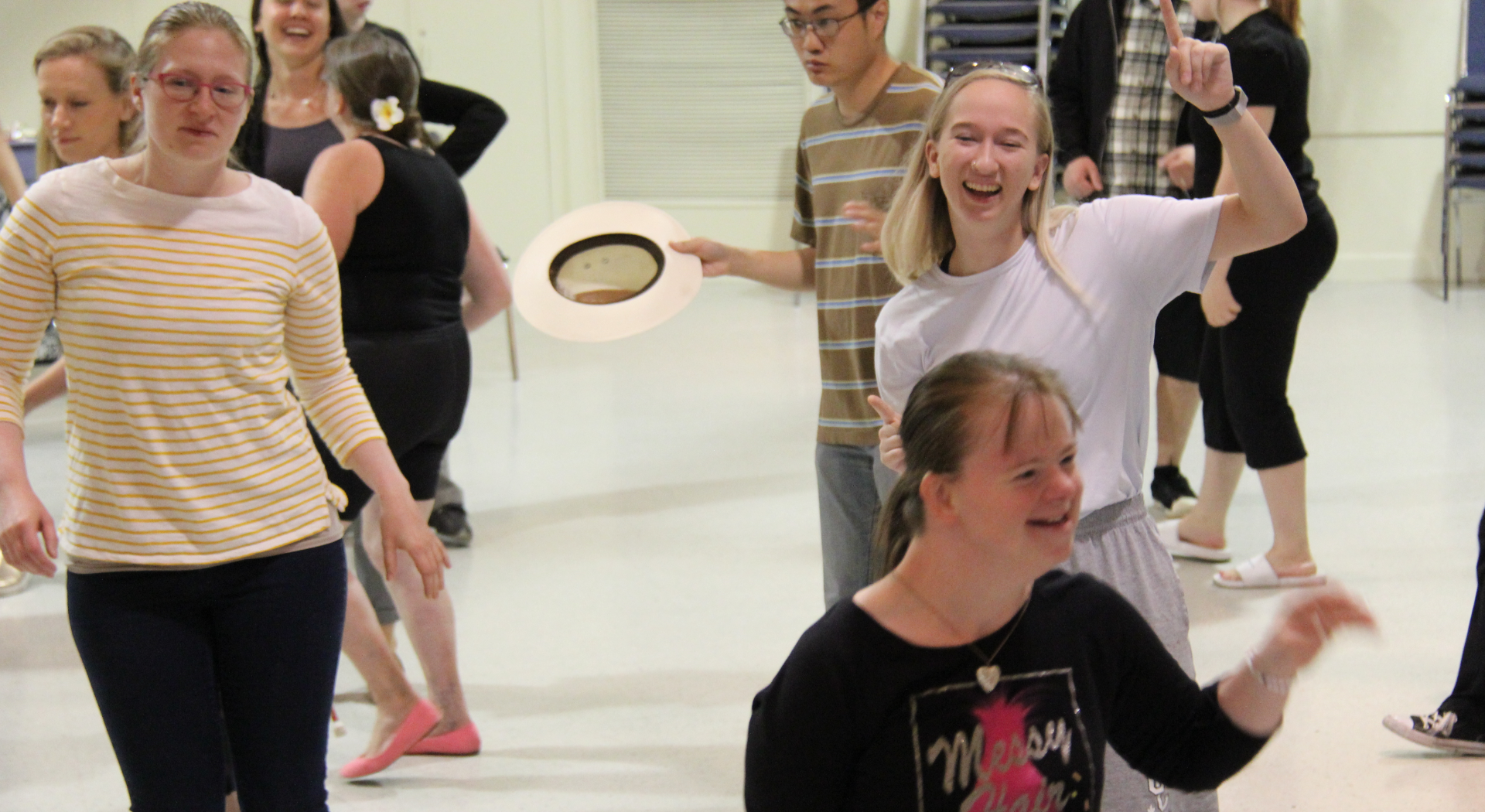artShare 2.0 prepares artists to practice outside of the NaAC
In recent years, the National accessArts Centre (NaAC) has taken significant strides from a day program for artists with disabilities to a bona fide disability art centre; one that develops and offers programs and supports with artistic and creative rigour.
With the introduction of its Professional Track, the Centre is helping crip-identifying artists advance their practice and take practical steps towards a career in the arts. All the while, the organization is inviting the mainstream arts community to fall in step. At the forefront is artShare 2.0, a program designed to introduce artists to the Calgary arts scene and prepare them to practice outside of the NaAC.
On the Career Path
“artShare 2.0 is a professional development program for artists. We want to show them what it’s like to be an artist outside of our community, and teach them everything they need to know to pursue an artistic career without the support of the NaAC.”
Carlos Arteaga, Studio Facilitator at the NaAC
That includes things like writing an artist statement, developing a portfolio, and seeking fair compensation—something Carlos says is essential for any aspiring professional. “Most artists want to exhibit and sell their work, but a lot of the time, they don’t know how to price their artwork,” he says. It’s important artists—especially those with disabilities—are paid as professionals; not honoraria or stipends, but industry standard fees.
It’s also important they think critically about the work they create, and can communicate a message through their art, says Carlos, who recognizes it’s not always easy. “Trying to reflect on their artwork is sometimes challenging. But I feel like the more they do it, the better they get at it; the better understanding they have of what the process is,” he says.
Real World Applications
To practice their critical thinking skills, each of the artShare 2.0 artists applied to participate in The City of Calgary’s Centre City Banner Program, an initiative that engages local artists to create artwork for banners placed on six city bridges. Each application required a CV, artist statement, letter of interest, and portfolio with 10 images and descriptions. But first, applicants had to create an online account.
“We wanted to have a practical component to artShare 2.0, and that was this City project,” says Carlos. “The application process required the artists to create an account in a web portal. But a lot of them don’t have email addresses.” It was a major barrier.
Once they figured out how to create accounts, the artists had to submit their applications in writing. “But some of them are non-writers,” says Carlos. Thankfully, Calgary Arts Development was open to alternatives, and suggested different application formats like video interviews or audio recordings. In the end, it took the group the better part of eight weeks to complete their applications. Just one artist will be chosen by a jury in the fall.
Beyond the Studio
In addition to in-studio sessions, the artShare 2.0 artists participated in three field trips, visiting a public gallery, commercial gallery, and artist-run space in Calgary.
“We wanted to give them a sense of the different types of art spaces,” says Carlos. “Not only to familiarize themselves with the spaces, but to be able to do some networking and meet the people who run these spaces.”
Their first stop was the Esker Foundation, a non-profit contemporary art gallery known for presenting relevant, accessible, and educational exhibitions, programs, and publications. While there, the artists had the chance to chat personally with a curator about commissioning, acquiring, and exhibiting art. “The questions they asked were amazing!” says Carlos.
They also had the opportunity to see what other artists in the industry are currently doing.
“Some of the artists here are only exposed to art that’s created at the NaAC. I believe it is very important for any artist to be able to see what other artists are making,” says Carlos. “Hopefully, they left feeling inspired!”
Leveling Up
It wasn’t the first time the NaAC has run a program like this, and it likely won’t be the last. artShare 1.0 was offered in 2021, and gave artists a platform to talk about their artwork and share their ideas with their peers.
“There’s been some development in the way program participants think about their work,” says Carlos. “They’re able to talk about their artwork more, including their influences. Now when they’re working on a piece, I see them thinking a bit more about their choices.”
As the NaAC continues to grow as an organization (read about its expansion into Toronto with the acquisition of the Won Lee Studio + Gallery), it remains committed to providing artists with professional learning opportunities that push the boundaries of diversity and inclusion in the arts. For Carlos, that means preparing the artists for bigger exhibitions and opportunities.
“Not all of the artists who come to the Centre are interested in pursuing an artistic career. Some of ’em just come to hang out and paint,” he says. “But there’s a group of artists who are really interested in doing this full time. Having this program opens up the door for them. It’s great to be able to help them get to the next level!”
Learn more about the 2022-2023 Professional Arts Track
The NaAC’s suite of professional track programming critically explores ways the organization can position its artists as leaders and innovators within the broader arts and culture ecosystem.




